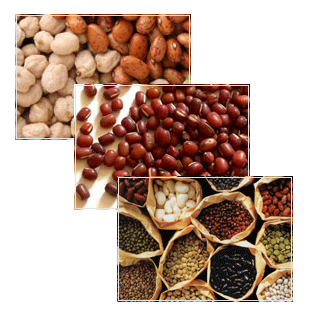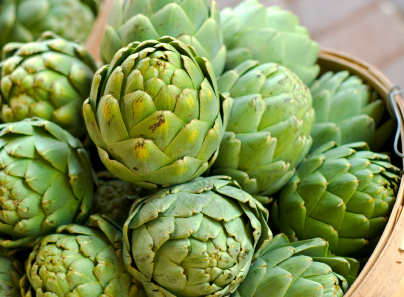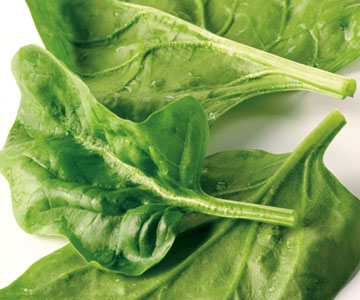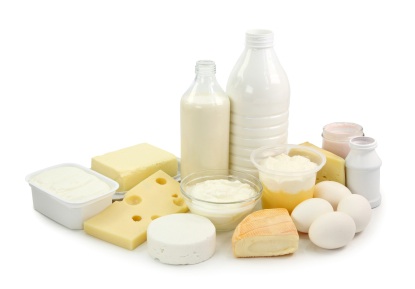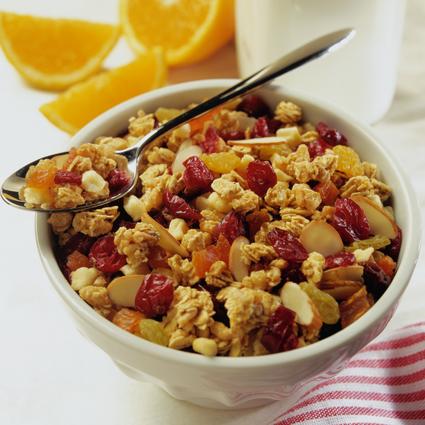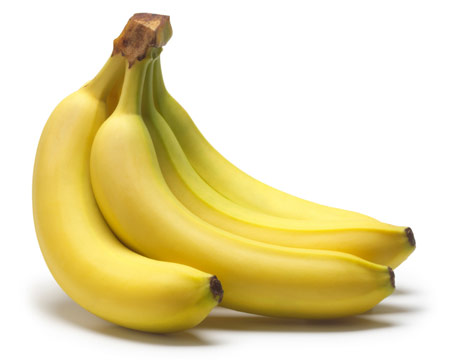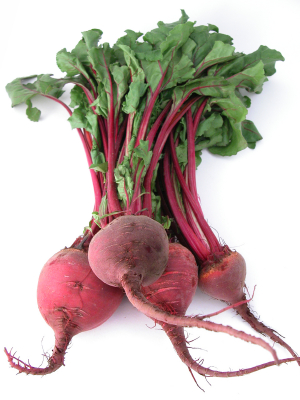Calf cramps, diabetes, high blood pressure, osteoporosis, atherosclerosis, muscle weakness and metabolic disorders, these are some of the problems which you can avoid by an ounce of prevention. As we age, our body’s capacity to absorb minerals decreases gradually which can cause a severe magnesium deficiency in elderly people. This magnesium deficiency can be the cause of numerous diseases to which elderly people are more prone because the deficiency can hamper many other bodily functions. 350mg of magnesium is recommended for men and 280 mg for women per day. However, as we age the magnesium requirement remains high although our activities and food consumption decrease. Studies demonstrate that after turning 30, men’s requirement for magnesium increases to 420 mg a day, while women over 30 should get 320 mg. Thus, magnesium is essential for our well being during old age. A simple integration of beans, dairy products, sea food and cereals can be of great help. Here are 9 magnesium sources which can help elderly people combat a magnesium deficiency.
Beans
Raw lima beans comprise of a good amount of magnesium. Another bean high in magnesium is the great northern bean, which has 340 milligrams per cup. Cooked beans lose over half of their magnesium value. Thus, to retain the nutritive value of beans avoid overcooking them. They can be included in your meal daily. Beans are easily available and therefore there is no reason why we should not add them for an easy intake of magnesium.
Artichokes
Artichokes are founts of magnesium. One medium artichoke contains 73 milligrams of magnesium, 18% of the daily value. Preferably, artichokes can be boiled to retain their nutritive value. Experts vary on their recommendations on how to prepare artichokes to retain the magnesium present. Artichokes can prove to be very beneficial and including them in our meal would be a wise choice.
Spinach
Green leafy vegetables have always been given a thumb up to be included in our diet. They are known for their nutritive contents. Among all green vegetables which contain magnesium, spinach is one of the most important. A single cup of spinach contains over 150 mg of magnesium thus making it one of the best sources. However, the consumption of spinach should be limited because it is among a group of foods known to be concentrated in oxalic acid which can be the cause of kidney related diseases. One cup of spinach contains 24 mg of magnesium and we increase the nutritional value of spinach by cooking it. A cup of cooked spinach can contain up to 157mg of magnesium. Thus, spinach is highly recommended in your meals at least once a week.
Oysters
In love with seafood? Well here is the good news! Oyster is one of the seafood which are high in magnesium. Adding them to your meals can help you boost your magnesium intake. A 3 ounce portion of cooked oysters provide 81 mg of magnesium. Oysters can be steamed, stewed, roasted, broiled, sauteed, baked or poached, depending on how you like them. They can also be eaten raw. It is recommended to heat it to 140 degrees in order to kill the bacteria which can cause gastrointestinal problems.
Cocoa powder (Dark Chocolate)
Dark chocolate as a matter of surprise comprises of health benefits. Time to treat your sweet tooth though with control. Cocoa powder provides 499mg of magnesium per 100 gram. Chocolate can provide up to 330mg of magnesium per 100 gram and a normal candy bar chocolate can provide 64mg of magnesium per 100 gram. This gives you one more reason to enjoy this delicacy. Nevertheless, they should be consumed with moderation because surely you do not want to end up with diabetes because of the amount of sugar present in chocolate candy bars.
Milk products
Another good source of magnesium which is easily absorbed by the body is milk and its products. It is an excellent fount for magnesium and a very good source of potassium as well. Skimmed milk and yogurt are considered good natural sources of magnesium and can be added to a diet regime. Milk products are usually present in our day to day meals especially during our breakfast. Elderly people should keep up with the consumption. Milk products also contain calcium which can prove beneficial for the bones at this age.
Cereals
Cereals can be terrific sources of magnesium. They should be chosen carefully. High fibre cereals are better sources of magnesium. Wheat, oats, buckwheat, rice and barley can prove to be nutritious in this regard. It is a good way to kick off your day with a proper magnesium intake.
Banana
When it comes to fruits, banana is a great source of magnesium. 100g of banana contains 27mg of magnesium. Banana is an easy way to incorporate magnesium in your busy routine. They are highly recommended. They should not be consumed everyday because they are rich in calories which might prove to be a problem for diabetics. Those who are on an anti cholesterol diet, should also be careful with their consumption of bananas.
Beets
Beets have a high composition of magnesium which is needed for more than 250 different biochemical reactions in our body. They have no saturated fat and trans fat, the presence of which could have caused further trouble during old age. One cup of beets can contain 39 mg of magnesium. If we boil the beets and then drain them, they can contain 27mg of calcium alongside with magnesium. This combination is perfect for our bones. Beets can be eaten raw or they can be converted to juice. However, although there are no serious problem associated to beetroot, the consumption should be limited especially if the body is not used to it. To begin with, you can start with the juice of half a medium-sized beetroot a week, gradually increasing to one whole beetroot per week.




